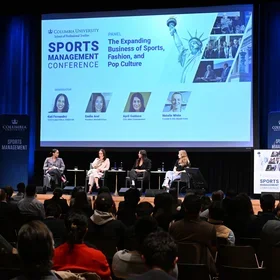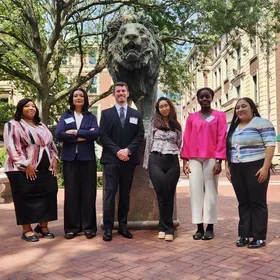First impressions are crucial during the hiring process. Frequently, the initial interaction with an employer occurs without the applicant’s realization. How? Cover letters.
In a stack of hundreds, sometimes even thousands, of these letters, job-seekers only have a few seconds to capture an employer’s attention. “Put them in an active reading mode so that what they’re reading actually penetrates their brain,” says Edith Updike, Managing Editor at Global Finance magazine and former lecturer at Columbia University’s School of Professional Studies.
According to Updike, the basic components of a cover letter are to tell them why you’re writing, show them you know about their organization, discuss your qualifications, and indicate follow-up plans.
Following this basic format, however, is not enough. To stand out among the hundreds of applicants, Updike says, “Show, don’t tell. When you tell someone something, it’s boring. When you show them, it comes to life.” Here’s how:
1. Strategy
Strategy is how ideas are communicated within the letter. When expressing interest in a role, the applicant should cater to the company’s specific values and goals while aligning them with his or her own interests.
2. Artistry
Artistry refers to the words and images a person uses to express those ideas in order to motivate and inspire the reader. A helpful tool would be to ask yourself, “How am I going to get them to want to meet me?”
3. Tekne
From ancient Greek, Updike borrows the term Tekne, the origin of technology and technique. “I use this word because I wanted to convey a broad technical excellence,” she says. Tekne is not merely proper use of grammar and punctuation; it refers more broadly to accuracy and precision. The ideas the employer reads and comprehends should convey the same meaning the applicant had in mind when she or he first crafted the letter.
Writing is measured by whether it achieves the objective. “Your goal is to get that interview,” Updike says. “Make them want to meet you.”


